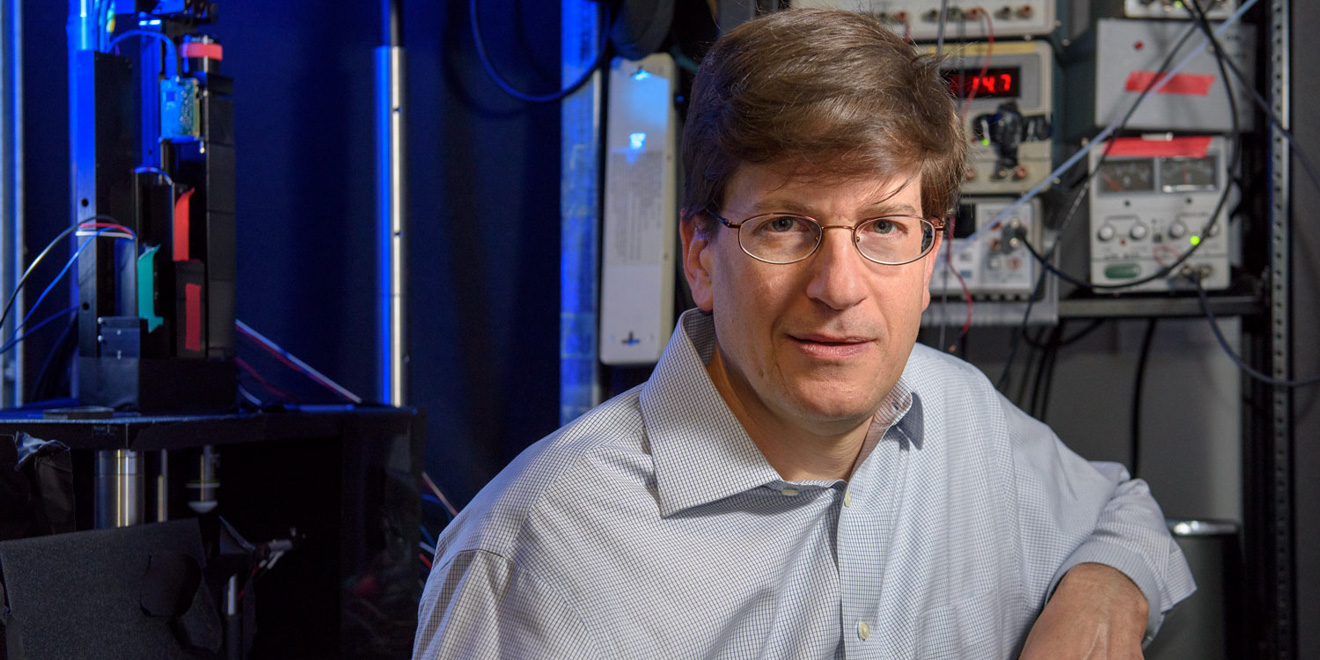A recent Stanford research report provides new details on the workings of Parkinson’s disease that may carry implications for future treatment and for similar ailments. The team, led in part by biology and applied physics professor Mark Schnitzer, research associate Jones Parker and Schnitzer’s former graduate student Jesse Marshall M.S. ’11 Ph.D. ’16, found that the way certain neural pathways associated with Parkinson’s disease function is more complex than previously thought.
A prevailing theory on the cause of Parkinson’s stems from the rate hypothesis, which states that the disease results from an overabundance of brain signals telling the body to cease movement.
In their study, the Stanford researchers saw that, rather than simply increasing the amount of signals from the brain that suppress body movement, Parkinson’s also resulted in said signals becoming more unstructured. The disease was further found to affect multiple types of movement at once.
The Stanford team used genetically-modified mice whose movement-controlling neurons would flash green when active to study the effect of Parkinson’s. With miniature microscopes mounted in the heads of the mice, researchers were able to monitor the neural activity of mice under different conditions.
“We found all this undiscovered structure,” said Schnitzer, the paper’s senior author, in an interview with Stanford News.
Schnitzer and his team uncovered that specific motor actions were associated with clusters of the neural pathways responsible for starting and stopping movement known as start and stop neurons, as opposed to the entire pathways firing, as previously thought. In mice with conditions mimicking Parkinson’s, multiple clusters of movement-inhibiting neurons fired in unorganized manner.
When researchers treated mice exhibiting Parkinson’s symptoms with L-dopa (levodopa), the most common drug used to treat Parkinson’s symptoms, activity in both neural start and stop pathways were restored to normal levels. However, over-administering the drug resulted in uncoordinated firing of clusters of neurons responsible for initiating movement.
According to the researchers, this result is in line with dyskinesia, a common side effect of L-dopa that leads to involuntary, jerky movement.
The researchers’ findings also carry implications for related diseases. Specifically, the research into the workings of neural start and stop pathways could further knowledge about Huntington’s disease, Tourette’s syndrome, schizophrenia and others.
“What we may have here is a new way for testing and screening new drugs by looking directly at neural circuit activity,” Schnitzer told Stanford News.
Contact Sean Chen at kxsean ‘at’ stanford.edu.
